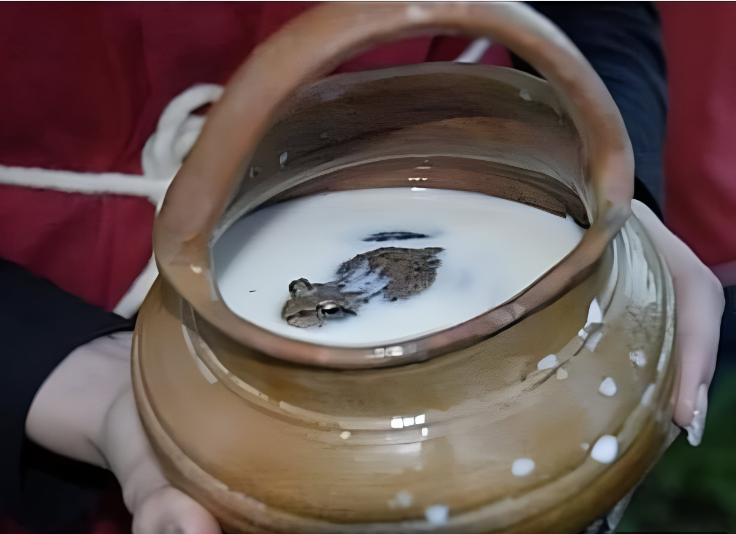In a groundbreaking revelation, Professor Mark Munn of Pennsylvania State University has successfully deciphered part of an enigmatic inscription on the Arslan Kaya monument, also known as the "Lion Rock," situated in the Phrygian highlands of western Turkey. This inscription, which references Materan—an ancient name for the Mother Goddess—provides significant insights into the region's religious and cultural history, dating back to the first half of the 6th century BCE.
The findings, published in Kadmos (Munn, 2024), not only highlight the deep-rooted veneration of the Mother Goddess in Phrygia but also establish cultural and architectural links with the neighboring Lydian civilization during this period.
The Monument and Its Enigmatic Inscription
Carved into a volcanic peak near Lake Emre Gölü, the Arslan Kaya monument is an imposing structure featuring intricate geometric details and a small niche once housing a figure of the Mother Goddess. Above this niche lies the fragmentary inscription that has intrigued archaeologists since its discovery by William Ramsay in 1884.
Over the centuries, natural erosion and human-induced damage—most notably from treasure hunters—have rendered much of the inscription nearly illegible. However, using precise photographic techniques during mid-morning light, Munn identified faint traces of letters and reconstructed the word Materan with greater clarity. This term, appearing in the accusative form, likely refers to a dedication or invocation to the Mother Goddess, underscoring her centrality in Phrygian religious practices.
The Arslan Kaya monument in ancient Phrygia. Credit: Ingeborg Simon / Wikimedia Commons
A Shared Religious Heritage: Phrygia and Lydia
Munn's findings also illuminate the cultural interplay between Phrygia and Lydia during the 6th century BCE, a period when Lydia politically dominated its neighboring regions. The architectural and decorative elements of the Arslan Kaya monument—such as the palmette designs on its pediment—mirror the stylistic tendencies of Lydian craftsmanship, hinting at a blending of cultural and religious traditions.
The reliefs of sphinxes and lions flanking the goddess, emblematic of protection and power, further align with motifs prevalent in both Phrygian and Lydian iconography. This shared artistic vocabulary reinforces the notion of a unified devotion to the Mother Goddess, transcending political boundaries.
The Significance of Materan in Phrygian Religion
Inscriptions referencing Materan have been found across Phrygia, marking her as a pivotal deity in the region's cosmology. Her role as the protector and nurturer mirrored the broader cultural emphasis on fertility and prosperity. Munn posits that the Arslan Kaya inscription may have been part of a dedication to the goddess or an invocation to safeguard the monument—practices that were integral to the spiritual life of the time.
Furthermore, the tall, angular lettering style observed on the inscription aligns with other 6th-century BCE Phrygian monuments, such as those in the Midas and Areyastis regions. This stylistic consistency bolsters the hypothesis that the monument was constructed during Lydia's ascendancy, reflecting a confluence of Phrygian religious traditions and Lydian political influence.
Another view of the Arslan Kaya monument, showing the lion reliefs on the sides. Credit: Ingeborg Simon / Wikimedia Commons
Recovering Ancient Connections
Munn's research not only revives a fragment of Phrygia's sacred past but also underscores the intricate relationship between Phrygian and Lydian societies. The Arslan Kaya inscription stands as a testament to the shared spiritual landscape of these two civilizations, united through their devotion to the Mother Goddess.
This discovery enriches our understanding of the region’s cultural dynamics and highlights the enduring significance of the Mother Goddess in ancient Anatolia. It also serves as a reminder of the resilience of ancient monuments and the stories they hold, waiting to be uncovered by modern scholarship.
Source:
Munn, Mark. The Phrygian inscription W-03 on the Arslan Kaya monument. Kadmos, vol. 63, no. 1-2, 2024, pp. 79-92. doi.org/10.1515/kadmos-2024-0005





























































